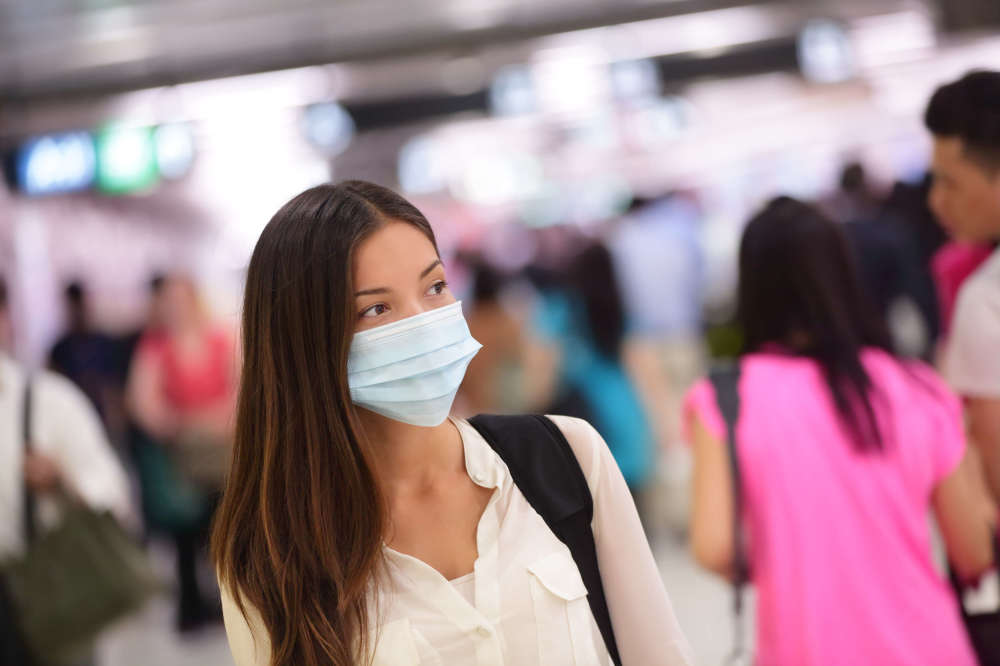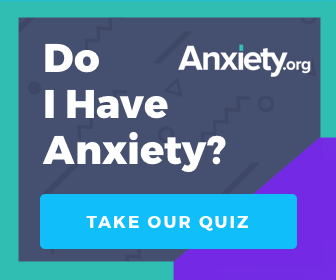What is the Coronavirus?
For the past few weeks, the American people have been inundated with news stories, social media posts, and everyday chatter related to the emerging worldwide spread of a new coronavirus that was first discovered in Wuhan City, Hubei Province, China. Officially, the virus has been called “SARS-CoV-2” and the disease process initiated by the virus has been named “coronavirus disease 2019” (or COVID-19 for short).
The spread of the virus has been reported to have societal effects ranging from the stockpiling of face masks (or personal protective equipment, PPE) to the canceling of travel plans and the quarantining of exposed or potentially exposed individuals. As of this writing (February 28), the virus has been detected in 50 locations internationally, including at least 15 CDC documented cases in the United States (and as many as 60 per some reports).
At times of national crises like these, the biggest ally one can have is education and awareness. The purpose of this article is to help provide just that – evidence-based information that relies on known facts and information. Unfortunately, the monitoring of this viral outbreak has been clouded by sociopolitical influences largely beyond the control of most world citizens.
What We Know
As of today, this virus, like its relatives Middle East Respiratory Syndrome (MERS-CoV) and Severe Acute Respiratory Syndrome (SARS-CoV), has its origins in bats and early transmission appears to have occurred through animal-to-human contact. Soon after, it became evident that transmission could occur from person-to-person and it now seems that re-infection is a possibility.
That being said, there have been “hotspots” in places such as China, South Korea, Italy, and Iran characterized by an increased number of cases and severity. At this point, there are reports of possible community-wide infections or “hotspots” in the U.S. An increase in the capacity to scale up testing for the virus in the U.S. will certainly enhance our response and preparedness.
What Do the Medical Science Experts Think Will Happen Next?
Regardless of what may have been (mis)reported by government officials not directly trained or involved in medical science (“non-experts”), it is very likely that there will be an increase in cases in the U.S.
This increase in cases will also likely be the result of person-to-person transmission similar to that seen in other countries. Most likely due to an abundance of caution, there may be cancellations in schools, daycares, places of worship, and places of business yet some of these cancellations may be due to an increase in cases in localized areas.
Those who have become ill have been reported to show a wide range of symptoms from very mild to severe but the majority of cases have been manageable and have resolved. Like many illnesses, there are likely to be at-risk individuals such as those who are older, who have pre-existing medical conditions, who have compromised immune systems, or who are pregnant.
Eight Action Steps You Can Take
1. Remain informed but rely on trusted, scientific-based sources
The CDC maintains a COVID-19 webpage that is regularly updated here: https://www.cdc.gov/coronavirus/2019-ncov/summary.html#situation-in-us
2. Be aware of your normal human responses
People respond to potential threats and danger by considering four primary factors:
- Proximity: How close is the threat to you or your loved ones?
- Intensity: How strong or significant would the effects of the threat be (if they affect you at all)?
- Immediacy: How soon is the threat likely to arrive (if at all)?
- Probability: What are the odds that you will be affected (if at all)?
Be sure to weigh these factors appropriately. Consult with physicians, public health officials at the local and state level. As of this writing, the most scientifically sound and reliable information has come from state officials in California, Oregon, and Washington state with others surely soon to join. These officials have the most up-to-date local information that is less likely to be sanitized in Washington, D.C.
3. Be prepared in proportion to the threat of the virus
It is possible that the closures of shipping routes and international distribution mechanisms may delay the import of common goods and medications. If you are at risk, and perhaps this has been confirmed by your medical care provider, have your prescriptions refilled for 90 days as opposed to 30 days.
In addition, it is already cold and flu season here in the States so there are practical steps that you can take, many of which you may already be undertaking: get your flu shot, wash your hands (for the most effective manner in which to wash your hands see: https://www.cnn.com/2020/02/28/health/how-to-wash-hands-coronavirus-trnd/index.html), stay home from work or school if you are feeling ill and/or have a fever.
If you work in healthcare or are in the presence of healthcare facilities, because of your own care or that of a friend or loved one, use precautions already consistent with standard practice: wear masks or respirators to prevent droplet exposure and wash hands frequently. NOTE: Your degree of exposure risk determines whether or not a face mask or respirator (meant for close contact such as that between a clinician and patient; more information can be found here: https://www.fda.gov/medical-devices/personal-protective-equipment-infection-control/masks-and-n95-respirators) is best.
4. Don’t Panic
You are of greatest use to yourself and your family if you remain alert and proactive and take steps consistent with this approach.
5. Avoid the urge to excessively watch coverage
This does not mean that one is attempting to diminish the meaning or psychological impact of what is happening. It is a normal human reaction to be concerned. However, long-term psychological health and well-being are maintained when threats are processed for what they are (e.g., a public health crisis that will affect some people in severe ways compared to the millions who will be much more mildly affected).
6. Rely on your social support system of family, friends, and centers of spirituality
A large body of research has shown that the deleterious effects of exposure to harm (or the perceived exposure to harm) can be buffered by one’s interactions within a social network of family, friends, loved ones, or social groups1-3.
7. Accept that there is already uncertainty in your environment
As we go about our daily lives, we encounter a wide variety of uncertain factors that we simply don’t pay attention to, but are often more likely to affect us than recent events or potential “newsworthy” threats. We take on risks by crossing the street, trying new foods, driving in traffic, climbing ladders, and interpersonal interaction in multiple contexts; all of which are much more likely to critically hurt you or kill you 3-6.
8. Critically evaluate the source of the information
In addition to investigating the source of the information, it is important for you as a media consumer to ask critical questions of the reports. Are they based on empirically collected scientific data? Is the base rate (i.e., number of occurrences each day, week, month, or year in a particular geographic region) of the potential harm described? Are there multiple sources that support the findings of any one source? It is often through the skeptical questioning of published material that one can get a more realistic sense of how dangerous a factor may or may not be to an individual.
-
More articles by Dr. Norrholm you might be interested in:
Click here to Find A Therapist!
Sources
1. Kilpatrick DG, Koenen KC, Ruggiero KJ, et al. The serotonin transporter genotype and social support and moderation of posttraumatic stress disorder and depression in hurricane-exposed adults. Am J Psychiatry 2007;164:1693-9.
2.Grills-Taquechel A, Littleton HL, Axsom D. Social support, world assumptions, and exposure as predictors of anxiety and quality of life following a mass trauma. J Anxiety Disord 2011;25:498-506.
3. Association AC. Coping in the aftermath of a shooting. American Counseling Association. Alexandria, VA: American Counseling Association; 2015.
4. Association AP. As Ebola concerns mount, psychology offers guidance on health-risks communication. Washington, D.C.: American Psychological Association; 2014.
5. Leahy R. How to think about terrorism: an act of desperation rather than real power. Psychology Today2015.
6. Shannon J. Don’t let terrorism hijack your brain. Anxiety and Depression Association of America. Silver Spring, MD: Anxiety and Depression Association of America; 2015.
Seth D. Norrholm, Ph.D. (Twitter: @SethN12) is an Associate Professor of Psychiatry and Behavioral Neurosciences at Wayne State University School of Medicine. Dr. Norrholm has spent 20 years studying trauma-, stressor-, anxiety-, depressive-, and substance use-related disorders and has published over 100 peer-reviewed research articles and book chapters. The primary objective of his work is to develop “bench-to-bedside” clinical research methods to inform therapeutic interventions for fear and anxiety-related disorders and how they relate to human factors such as personality, genetics, and environmental influences.
Dr. Norrholm’s more recent work has focused on fear and anxiety in the community and how it is affected by the influence of mass media, social media outlets, and the sociopolitical environment. Dr. Norrholm has been featured on NBC, ABC, PBS, CNN.com, Politico.com, The Atlantic, Salon.com, The Huffington Post, Yahoo.com, USA Today, WebMD, The History Channel, and Scientific American. In 2019, Dr. Norrholm was recognized as an Expertscape world expert in Fear and Posttraumatic Stress Disorders.



